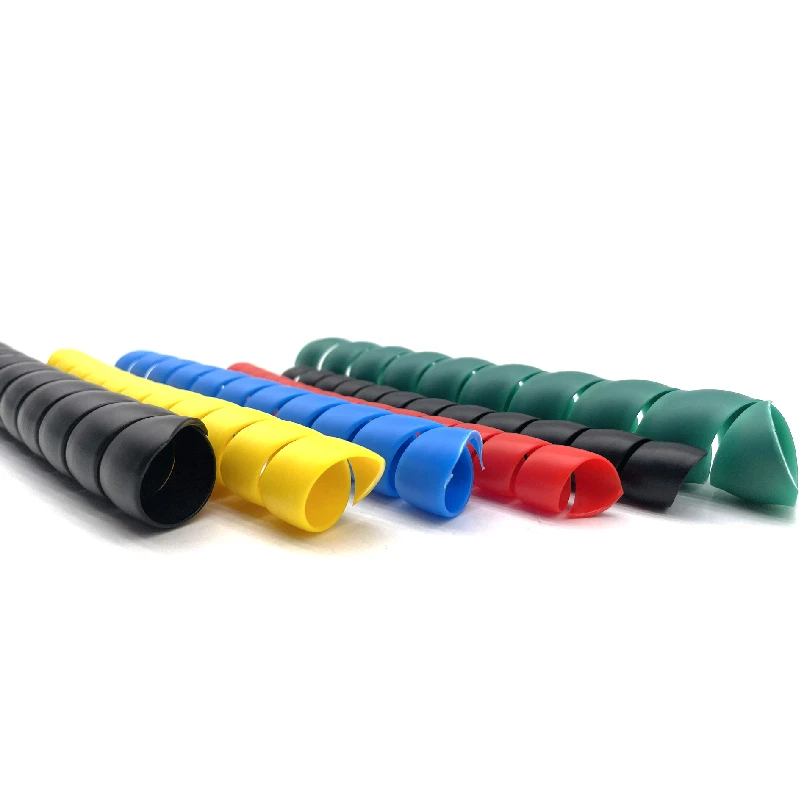Understanding the Importance of Car Brake Lines for Vehicle Safety and Performance
Understanding Car Brake Lines Importance, Types, and Maintenance
When it comes to vehicle safety, the brake system stands out as one of the most critical components. While most drivers are familiar with the brake pedal and the immediate responsiveness it delivers, the intricate components that make this system function are often overlooked. Among these components, brake lines are vital to ensuring the overall efficacy and reliability of a vehicle's braking system.
What Are Brake Lines?
Brake lines are tubes or hoses that transfer brake fluid from the master cylinder—where the brake force is initiated—to the brake calipers or wheel cylinders that apply the force to the brakes. This fluid-conveying pathway is crucial since it enables hydraulic pressure to be effectively transmitted, allowing the brakes to engage when the driver presses the brake pedal.
The functionality of brake lines is paramount, as they ensure that the braking system operates smoothly and efficiently. Any damage or failure within this system can lead to a catastrophic loss of braking power, posing serious risks to the driver, passengers, and others on the road.
Types of Brake Lines
The brake lines in a car can generally be categorized into two types metal lines and flexible hoses
.1. Metal Brake Lines These are usually constructed from steel or copper-nickel alloys and are designed to withstand high pressure and resist corrosion. Metal brake lines are often used in the more static sections of the brake system, particularly those running from the master cylinder to the various junction points within the braking system. Their rigid structure provides stability and longevity.
2. Flexible Brake Hoses On the other hand, flexible brake hoses are typically made from rubber or a similar synthetic material, reinforced with braided steel or other materials for added strength. These hoses are attached to the moving parts of the brake system, such as the calipers, allowing flexibility and movement as the suspension system operates. The flexibility in these hoses is essential as it accommodates the movement of the vehicle’s wheels during driving, providing a safe and reliable brake function.
car brake lines

Importance of Brake Lines in Vehicle Safety
Brake lines are crucial not only for optimal performance but also for safety. A well-functioning brake line ensures that the brake system can perform efficiently under diverse driving conditions. If a brake line becomes clogged, damaged, or ruptured, it can lead to a significant decrease in braking efficiency. This can cause longer stopping distances, brake failure, or even complete loss of brakes, which could result in serious accidents.
Moreover, regular inspection and maintenance of brake lines are imperative. Brake fluid contamination, debris, and wear over time can lead to severe issues. Therefore, it's recommended that drivers should have their brake lines checked at least once a year, alongside regular brake inspections.
Common Signs of Brake Line Issues
Drivers should be aware of warning signs that may indicate an issue with the brake lines. These can include
- Leaking Brake Fluid Puddles of fluid under the car can indicate a leak in the brake line. - Spongy Brake Pedal If the brake pedal feels soft or spongy when pressed, it might signify air in the brake lines or fluid leaks. - Warning Lights Many modern vehicles are equipped with dashboards that alert drivers to potential issues within the braking system. - Unresponsive or Poor Braking Noticing increased stopping distances or a lack of responsiveness can indicate a malfunction in brake lines.
Conclusion
In summary, brake lines are a foundational component of a vehicle's braking system, responsible for transferring the hydraulic force necessary to stop the vehicle safely. Understanding their function, types, and importance is crucial for every driver committed to ensuring their vehicle’s safety on the road. Regular inspections and maintenance of both metal lines and flexible hoses can help mitigate risks associated with brake line failure. By addressing any concerns timely, drivers can enjoy a safer, more reliable driving experience. Remember, brake lines may be just one part of the braking system, but their role is indispensable in maintaining vehicle safety and performance.
-
Ultimate Spiral Protection for Hoses & CablesNewsJun.26,2025
-
The Ultimate Quick-Connect Solutions for Every NeedNewsJun.26,2025
-
SAE J1401 Brake Hose: Reliable Choice for Safe BrakingNewsJun.26,2025
-
Reliable J2064 A/C Hoses for Real-World Cooling NeedsNewsJun.26,2025
-
Heavy-Duty Sewer Jetting Hoses Built to LastNewsJun.26,2025
-
Fix Power Steering Tube Leaks Fast – Durable & Affordable SolutionNewsJun.26,2025

